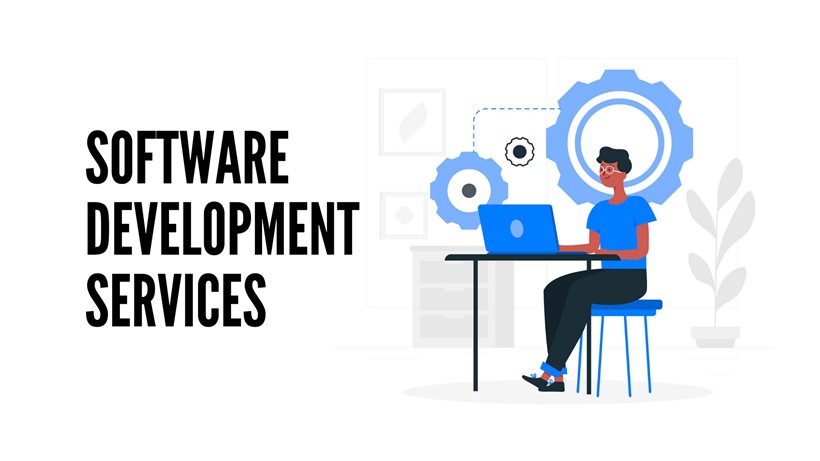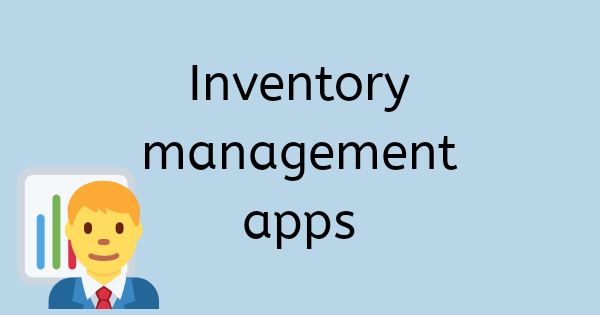What are Cloud Cost Optimization Strategies?

Cloud computing has revolutionized how businesses operate by providing scalable and flexible solutions. However, the benefits of cloud services come at a cost. Cloud cost optimization strategies are crucial in helping organizations manage and reduce their expenses in the cloud. In this blog post, we will explore various strategies that can be employed to optimize cloud costs, allowing businesses to maximize efficiency, improve their bottom line, and make the most out of their cloud investments.
Right-sizing and Resource Optimization
One of the fundamental strategies for cloud cost optimization is right-sizing and resource optimization. Right-sizing involves assessing the allocated resources and matching them to the workload requirements. Often, organizations tend to overprovision resources, resulting in unnecessary costs. Businesses can optimize their cloud costs by identifying and eliminating underutilized resources or downsizing them to the appropriate size.
Furthermore, resource optimization involves making efficient use of cloud services. This can be achieved through autoscaling, which automatically adjusts the resources based on demand, ensuring that you only pay for what you need. Organizations can distribute workloads evenly across instances by implementing load balancing, optimizing resource utilization, and reducing costs. Additionally, using serverless computing and containers can optimize costs by allowing for more efficient resource allocation.
Reserved Instances and Savings Plans
Cloud providers often offer discounted pricing options for long-term commitments. Reserved Instances and Savings Plans are such options that allow organizations to commit to using specific resources for a predetermined period. By committing to a reservation, businesses can secure a lower hourly rate for compute instances, resulting in significant cost savings over time. These options work well for workloads with predictable usage patterns.
It is crucial to analyze historical usage patterns and forecast future demand accurately to make informed decisions about reserved instances or savings plans. By understanding your workload patterns, you can determine the appropriate level of commitment to optimize costs effectively.
Tagging and Monitoring
Proper resource tagging and monitoring are essential for gaining visibility into cloud expenses. Tagging resources with meaningful labels allows easy identification, cost allocation, and analysis of resource utilization. By categorizing resources based on their purpose, department, or project, businesses can gain valuable insights into their spending patterns and identify potential areas for optimization.
Monitoring cloud usage and costs in real time is another critical aspect of cost optimization. Cloud providers offer various monitoring tools and services that enable organizations to track resource utilization, identify idle or unused resources, and detect anomalies that could be driving up costs. Regularly reviewing these metrics and taking necessary actions can help organizations optimize their cloud costs.
Utilize Spot Instances and Spot Fleets
Another effective strategy for cloud cost optimization is leveraging spot instances and spot fleets. Spot instances are spare computing capacity cloud providers offer at significantly lower prices than on-demand instances. Organizations can achieve substantial cost savings by using spot instances for non-critical or time-flexible workloads. Spot fleets allow businesses to combine multiple spot instances across different instance types and availability zones to optimize availability and cost further. However, it’s important to note that spot instances can be terminated with short notice when the demand for computing resources increases. Therefore, organizations must design their applications to handle interruptions and have fallback options.
Implement Automated Cost Governance
Implementing automated cost governance practices can help organizations proactively manage and optimize their cloud costs. By setting up budgets and cost alerts, businesses can monitor their spending and receive notifications when the costs exceed predefined thresholds. This enables timely intervention and course correction. Additionally, employing cost allocation tags and using cost management tools provided by cloud providers allows for granular visibility into resource usage and spending across departments, projects, or teams. Automation can also schedule resources, such as shutting down non-essential instances during off-peak hours, thereby minimizing unnecessary costs.
Optimize Data Transfer and Storage
Cloud cost optimization should also consider data transfer and storage. By optimizing data transfer, businesses can reduce network-related costs. This can be achieved by leveraging content delivery networks (CDNs) to distribute frequently accessed data closer to end users or by implementing data compression techniques to minimize data transfer volumes. Additionally, organizations should assess their data storage needs and choose the appropriate storage class based on access frequency, durability requirements, and cost. For example, using infrequent access or archival storage options for less frequently accessed data can lead to significant savings. Regularly reviewing and removing redundant or unused data can further optimize storage costs.
Conclusion
Cloud cost optimization is a continuous process that requires ongoing monitoring, analysis, and implementation of various strategies. Organizations can significantly reduce their cloud expenses while maximizing efficiency by right-sizing resources, leveraging reserved instances, and monitoring cloud usage. Businesses need to understand their workloads, forecast demand accurately, and adopt a proactive approach to optimize cloud costs continuously. With effective cost optimization strategies in place, organizations can unlock the full potential of the cloud while keeping their expenses in check.




